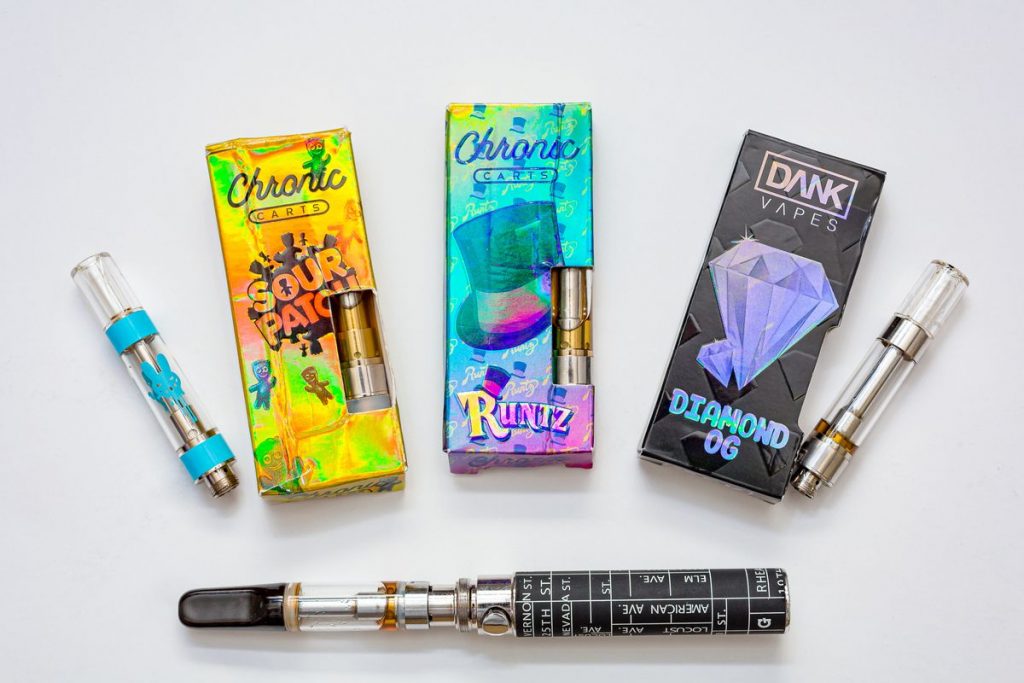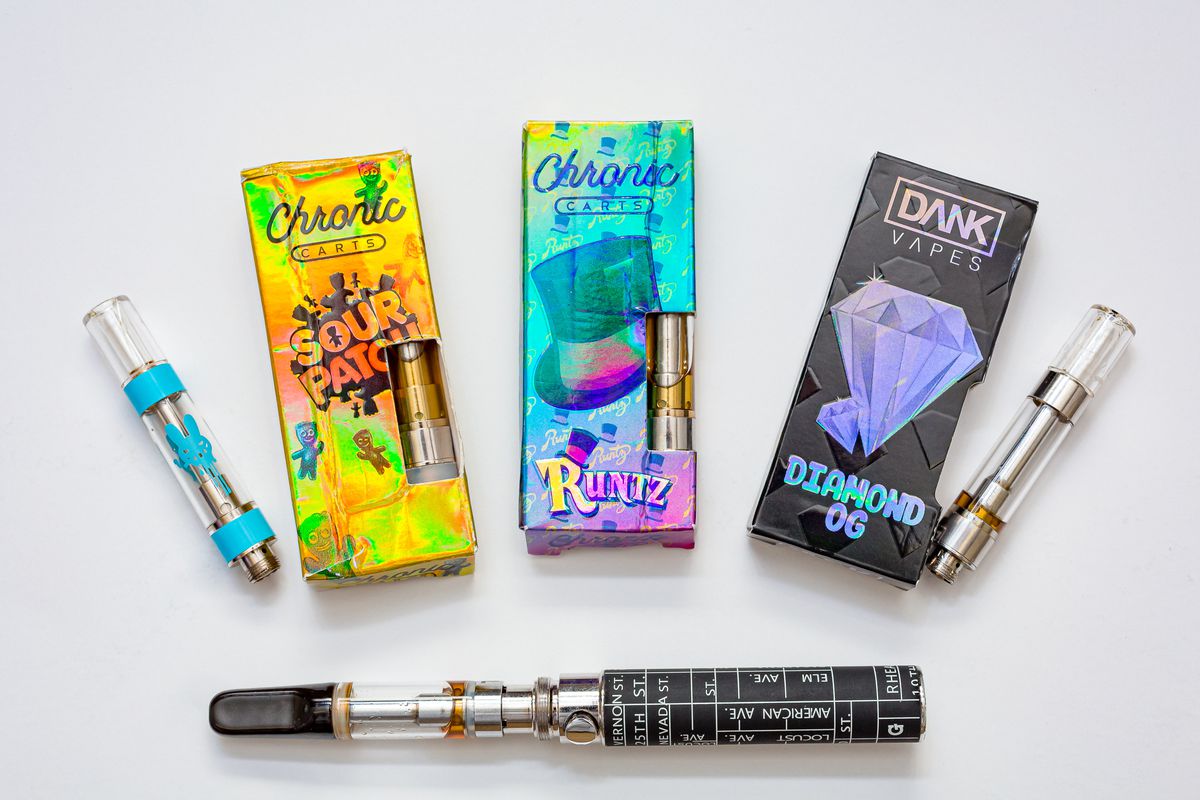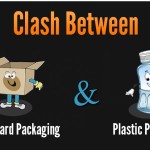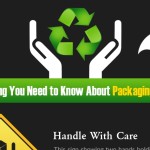
Like all new industries the e-cigarette industry has had to go through a development process before reaching maturity. Possibly the most obvious sign of this is the way vape/e-cigarette packaging has changed across the world and over the course of time.
From maximum visibility to maximum transparency
When e-cigarettes were first launched, they had to fight hard for smokers’ eyeballs. Quite bluntly, everybody knew what cigarettes were and how they worked, they had to be taught what e-cigarettes were, how they worked and, most importantly of all, why they should care.
Over the course of time, however, e-cigarettes in general established their credentials and therefore the emphasis shifted to educating consumers about the specifics of individual products.
As a result, many e-cigarette products are now sold in partially-transparent packaging, so that consumers can, literally, see what they are buying and the opaque section of the packaging is used mainly to provide the “need-to-know” facts about it.
From maximum user-friendliness to maximum safety
Most packaging is designed with maximum user-friendliness in mind. However, for many products safety is also a consideration to some degree.
As e-cigarettes have gone mainstream, it has been increasingly recognised that the packaging has to be designed in such as way as to make it as hard as possible for children to open, even though children should never even get near an ecigarette or eliquid.
In some places this is a matter of law (e.g. the U.S. Child Nicotine Poisoning Prevention Act of 2015) and where it is not it is a matter of ethics and common sense (and good customer relations). Obviously, this safety element can make the products harder for adults to open, which, in theory, goes against one of the main principles of product design, but in practice, it’s a compromise most adults are happy to accept.
From words to images
At this point in time, e-cigarettes are not really a truly global product, although it is probably only a matter of time before they become so.
At the same time, however, they are now sold in a number of countries across the world and so it makes sense for manufacturers to standardise packaging as much as they reasonably can.
Because of this, there is now an increasing move to swap out words for images, for example by representing flavours by a picture of the food item rather than by writing the name of the flavour of the e-liquid.
The way forward
In all likelihood, governments across the world are going to end up putting much the same restrictions on e-cigarette packaging as they do on the packaging of traditional cigarettes.
This means that it is entirely possible that e-cigarette manufacturers are going to have to move to plain packaging, as this seems to be the direction of travel for tobacco-related products.
While this could be an inconvenience in the sense that it could limit how much relevant information manufacturers could include, it is unlikely to be a huge issue as the fact that so many people now have smartphones means that manufacturers can probably just switch to using QR codes to link to websites which provide consumers with the information they need.
Peter Scully
Latest posts by Peter Scully (see all)
- The Importance of Psychology in Packaging - October 1, 2020
- How vape and e-cigarette branding and packaging has evolved around the world - December 4, 2019
- How offline and online marketing can worth together to increase brand awareness - June 23, 2019















